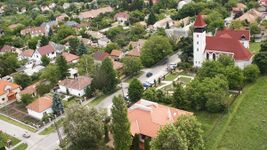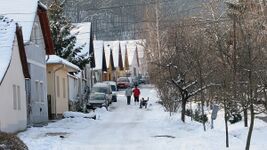LED Workshop Törökbalint 2018: Difference between revisions
No edit summary |
No edit summary |
||
| Line 5: | Line 5: | ||
<gallery caption=" " widths=" | <gallery caption=" " widths="300px" heights="150px" perrow="3"> | ||
File:1 general housing area by Tb.jpg|Patterns of the built environment in Törölbálint | File:1 general housing area by Tb.jpg|Patterns of the built environment in Törölbálint | ||
File:3 majlath concert by Tb.JPG|Community attending a cultural event | File:3 majlath concert by Tb.JPG|Community attending a cultural event | ||
| Line 12: | Line 12: | ||
<gallery caption=" " widths=" | <gallery caption=" " widths="300px" heights="150px" perrow="3"> | ||
File:4 local market by Tb.jpg|The local market for food and vegetables | File:4 local market by Tb.jpg|The local market for food and vegetables | ||
File:5 Hosszureti creek by Anna.jpg|Nature experience along the brook | File:5 Hosszureti creek by Anna.jpg|Nature experience along the brook | ||
File:6 architectural details gates by Tb.jpg|Details of the traditional architecture. Image sources: Anna Szilágyi-Nagy, Törökbálint Város Önkormányzata | File:6 architectural details gates by Tb.jpg|Details of the traditional architecture. Image sources: Anna Szilágyi-Nagy, Törökbálint Város Önkormányzata | ||
</gallery> | </gallery> | ||
Revision as of 13:37, 8 December 2017
Urban Context
Törökbálint is situated in the metropolitan area of Budapest, Hungary. This spatial situation not only determines the suburban character of the community but also the socio-cultural challenges its faces. The tension around urban development is extremely high since the city has been experiencing intense growth. The population is predicted to reach an estimated 20.000 people by 2030, and new and old residents have different expectations for the future of the city, and demands for participation in the development processes. Although there are documents that regulate the relation of the civil society and local government, conflict has emerged that derives from different understandings of what a partnership entails. The lack of participatory tradition in the Hungarian urban planning context is a challenge and an opportunity at the same time that enables to establish tailor-made participatory solutions and methods.





